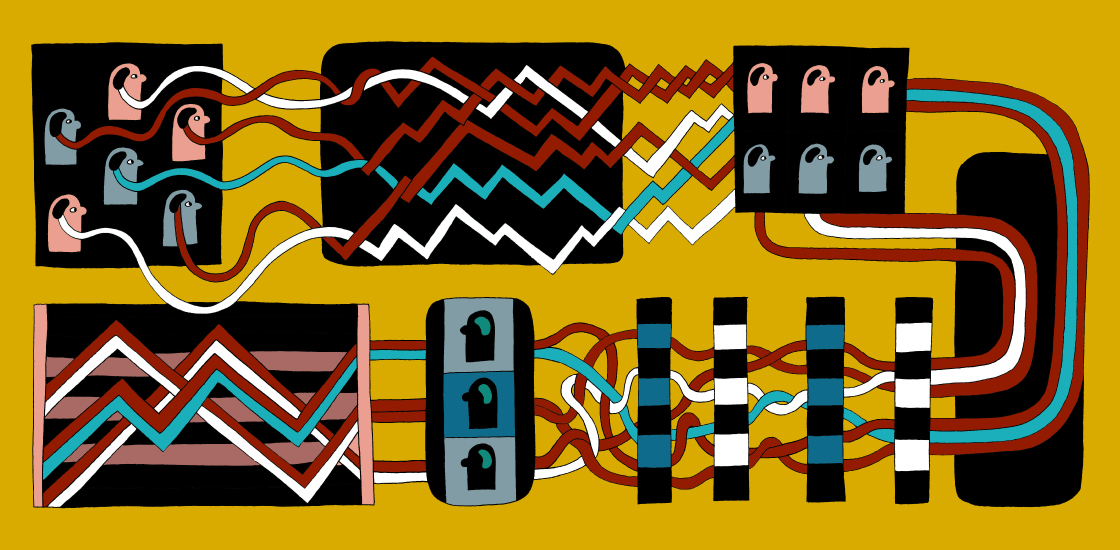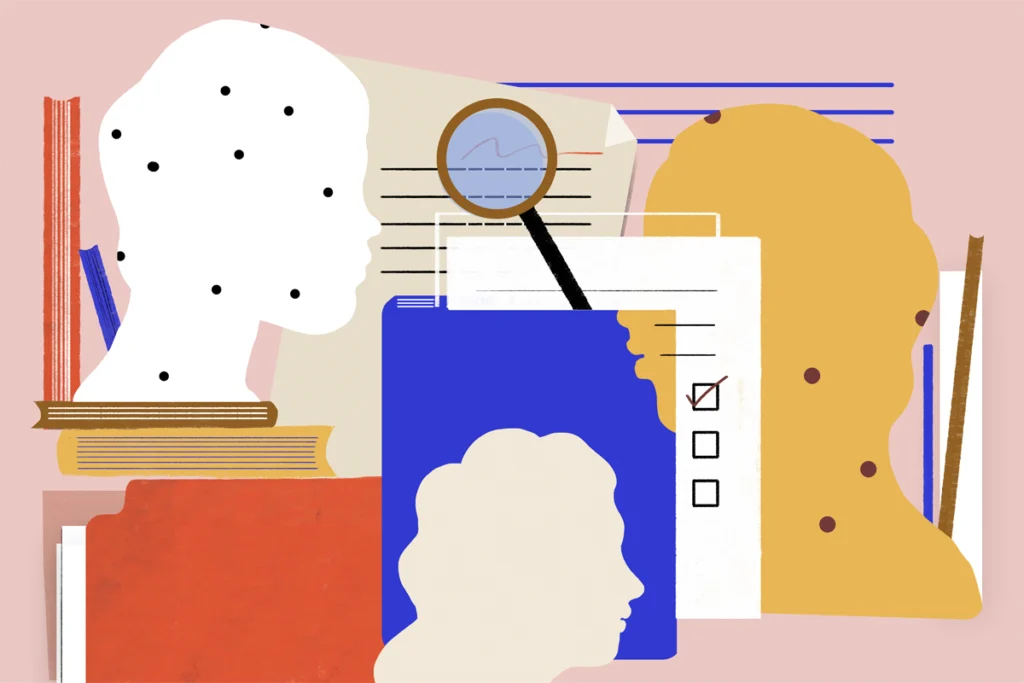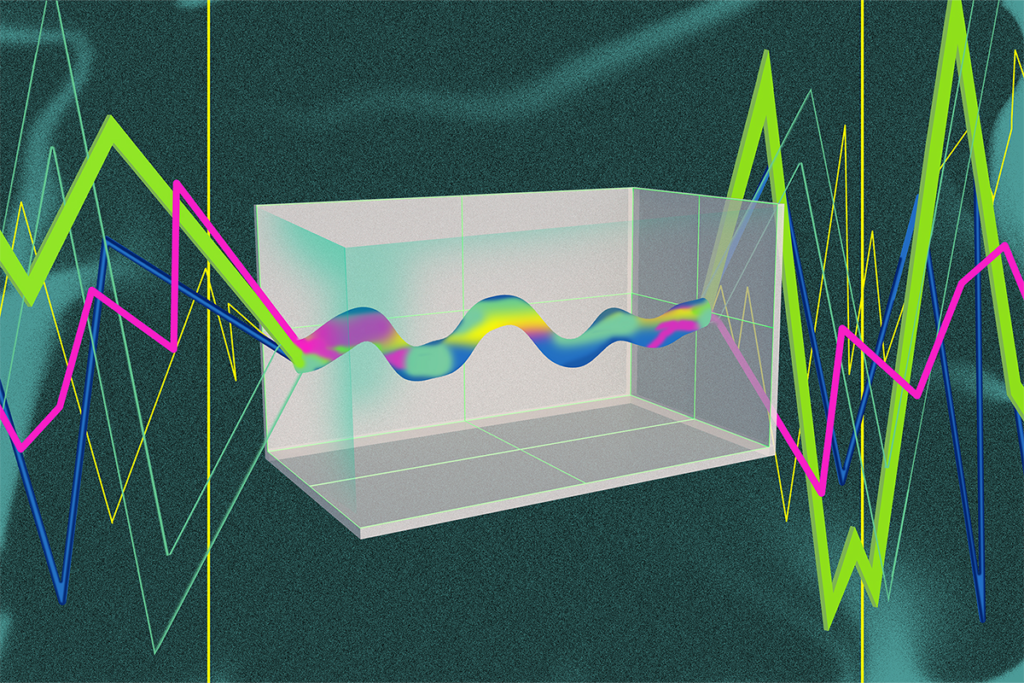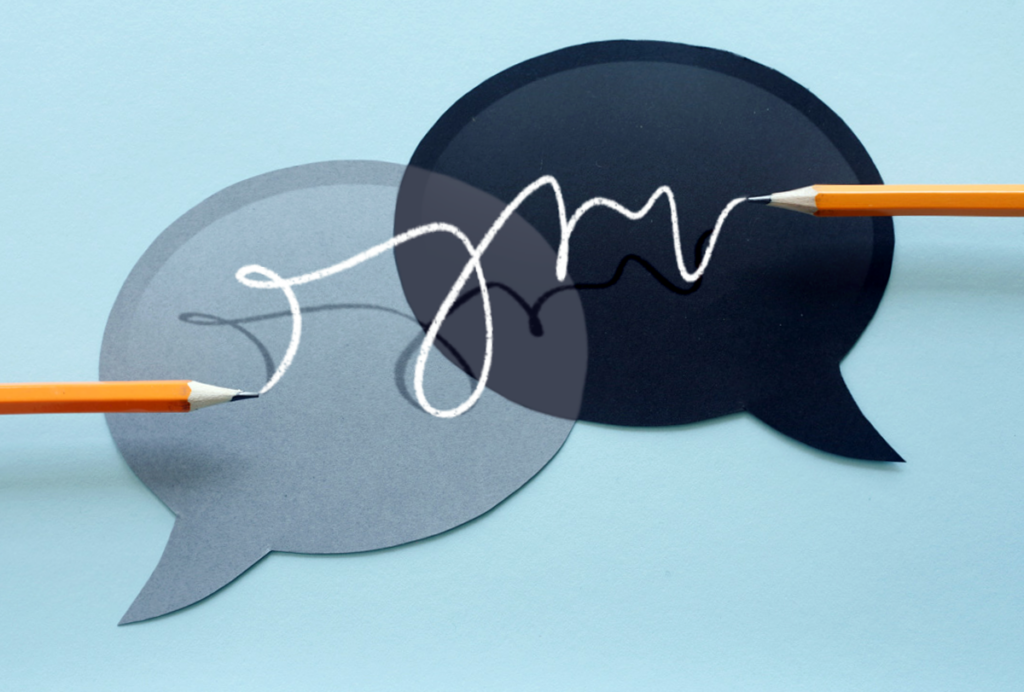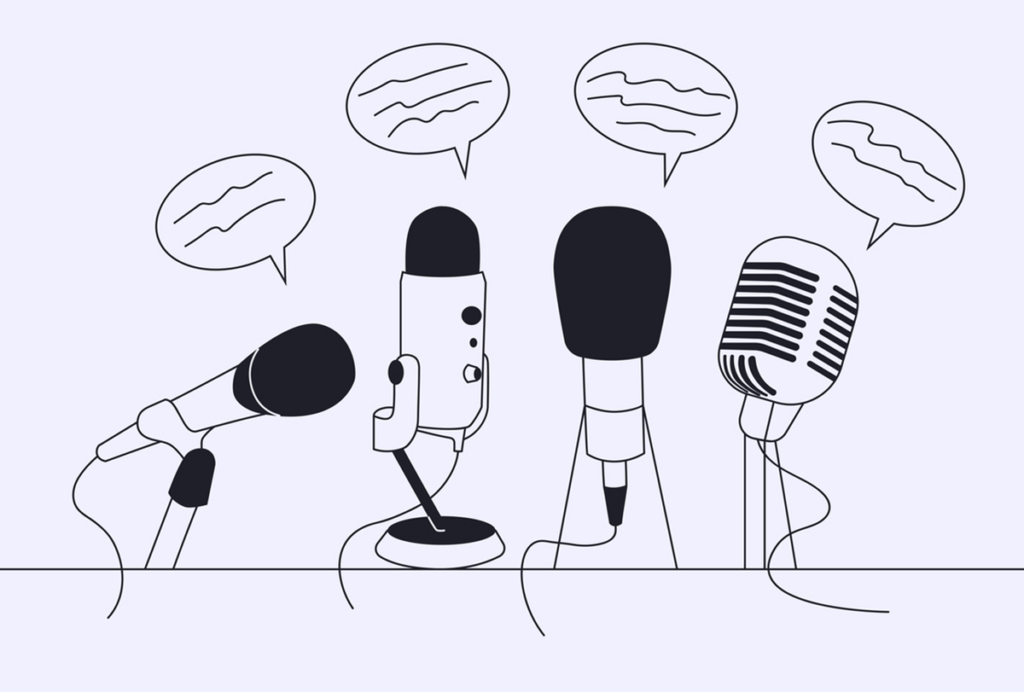A deep-learning method can detect autism’s “fingerprints” on a brain scan and predict a person’s social-communication difficulties, according to a new study. The tool can also spot brain features that distinguish the brains of autistic men from those of autistic women, according to another study from the same lab.
Both studies rely on the Autism Brain Imaging Data Exchange (ABIDE), an open-access repository of scans from 2,226 autistic and non-autistic people. Some labs have turned to ABIDE data to boost the sample size and statistical power of their brain imaging studies. But variability in the data — because of different hardware, scanning protocols and data processing techniques at multiple sites — has historically led to reproducibility issues.
Deep-learning algorithms help to cut through this noise, says co-lead investigator Kaustubh Supekar, clinical assistant professor of psychiatry and behavioral sciences at Stanford University in California. He and his colleagues trained such an algorithm on hundreds of functional magnetic resonance imaging (fMRI) brain scans to identify group differences and then validated the results on separate datasets.
“There is known noise and unknown noise, and the only way to deal with it is to let the algorithm take care of the noise in some way, shape or form,” Supekar says. “Deep learning, from what we’ve seen in other domains, works very well in handling this noise and finding robust signatures.” For example, deep learning can be trained to identify photographs of cats and dogs, regardless of an animal’s breed or the camera used, he says.
F
or one of the two new studies, Supekar and his team trained their algorithm on brain scans from 419 autistic people and 415 non-autistic people from ABIDE. It distinguished autistic from non-autistic participants with about 78 percent accuracy, based largely on functional connectivity differences in a set of brain regions called the default mode network.“From a biological point of view, the dynamics of these brain regions do not process information the way they are supposed to,” Supekar says. Atypical connectivity in the default mode network — which tends to be active when a person focuses on internal processes and inactive during cognitive ones — has previously been tied to autism.
Similar results emerged from applying the algorithm to brain images from 151 autistic people and 141 non-autistic people scanned at Stanford University or who participated in the Gender Exploration of Neurogenetics and Development to Advance Autism Research (GENDAAR) study. The work appeared in February in Biological Psychiatry.
The degree of connectivity differences in the default mode network also predicted levels of social-communication difficulties among autistic participants, as measured by a clinical questionnaire called the Autism Diagnostic Interview, the researchers found.
“It is striking that the features that were most successful in discriminating social and communicative deficits were core regions of the brain’s default network, a network closely tied to language function,” says Jeffrey Anderson, assistant professor of radiology at the University of Utah in Salt Lake City, who was not involved in the work.
The fact that these features are reliably informative across different pools of participants “reinforces that the social and communicative deficits of autism likely arise from integrating information across complex distributed networks in the brain and accessing the brain’s mechanism for creating internal representations of language,” he says.
I
n the other study, Supekar’s team trained the algorithm on functional connectivity brain scans from 552 autistic men and 126 autistic women from the ABIDE and Stanford datasets. In this case, differences in the connectivity of sensory and motor regions enabled researchers to distinguish between the two groups with 86 percent accuracy. The team validated this result with similar accuracy on a separate set of brain scans from the Child Mind Institute’s Healthy Brain Network.When it came to distinguishing non-autistic men from non-autistic women in the ABIDE and Stanford datasets, however, the same algorithm was only about 67 percent accurate. The work appeared in February in the British Journal of Psychiatry.
Links between sensory and motor networks tend to be weaker in the brains of people with autism than in those without, previous research has shown. The new study suggests that there are also gender-specific differences in these networks.
The regions that the study homed in on — language, motor and visuospatial networks — are differently specialized in the brain’s two hemispheres, says Dorothea Floris, a postdoctoral fellow at the University of Zurich in Switzerland, who was not involved in the work. “So it would be interesting to follow up on these findings whether hemispheric specialization might be one of the differentiating features between autistic males and autistic females.”
The team’s replication across different datasets, including those compiled by other teams, strengthens the validity of the findings and “really helps you feel more confident,” says Allison Jack, assistant professor of psychology at George Mason University in Fairfax, Virginia. Jack did not work on either study but is a co-investigator in GENDAAR. And the gender-related findings support her team’s past research implicating the motor cortex in gender-specific differences in autism.
“When I see regions come out across multiple investigators who are operating independently across multiple sites or multiple cohorts, I feel more convinced,” Jack says.
